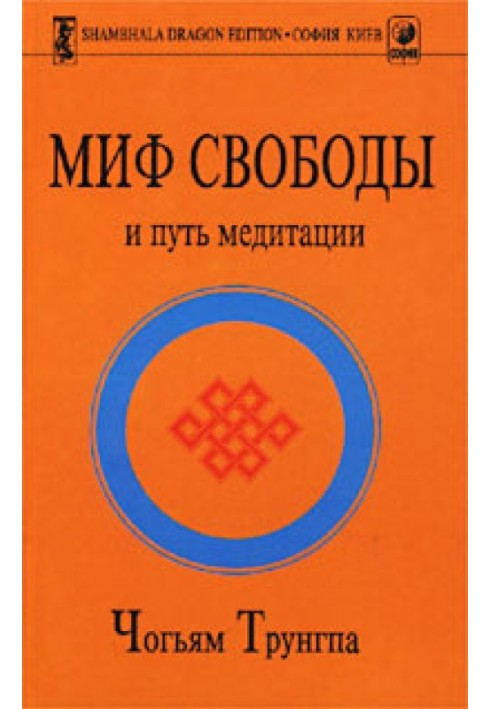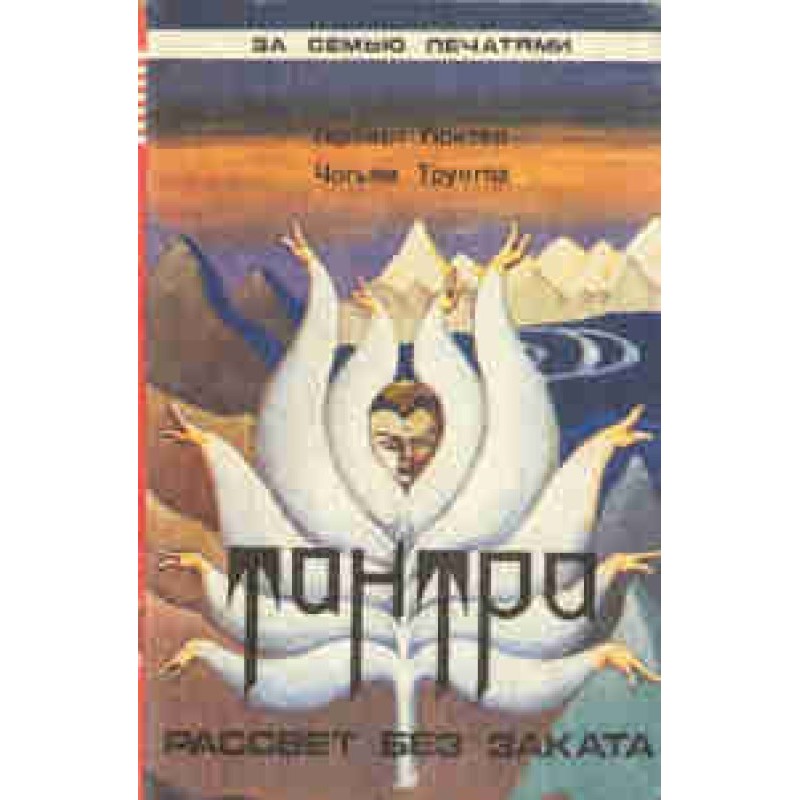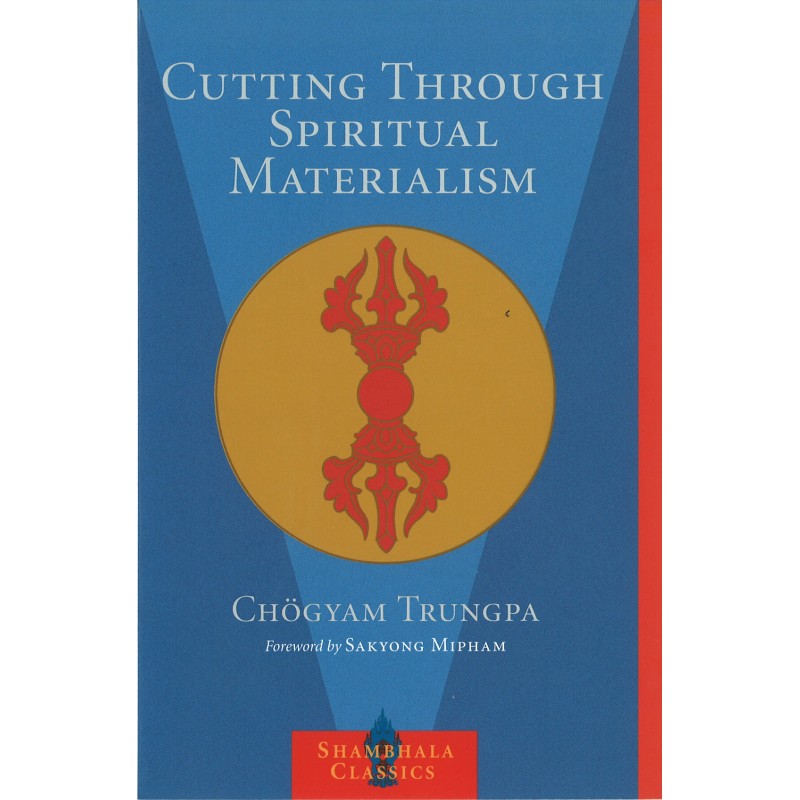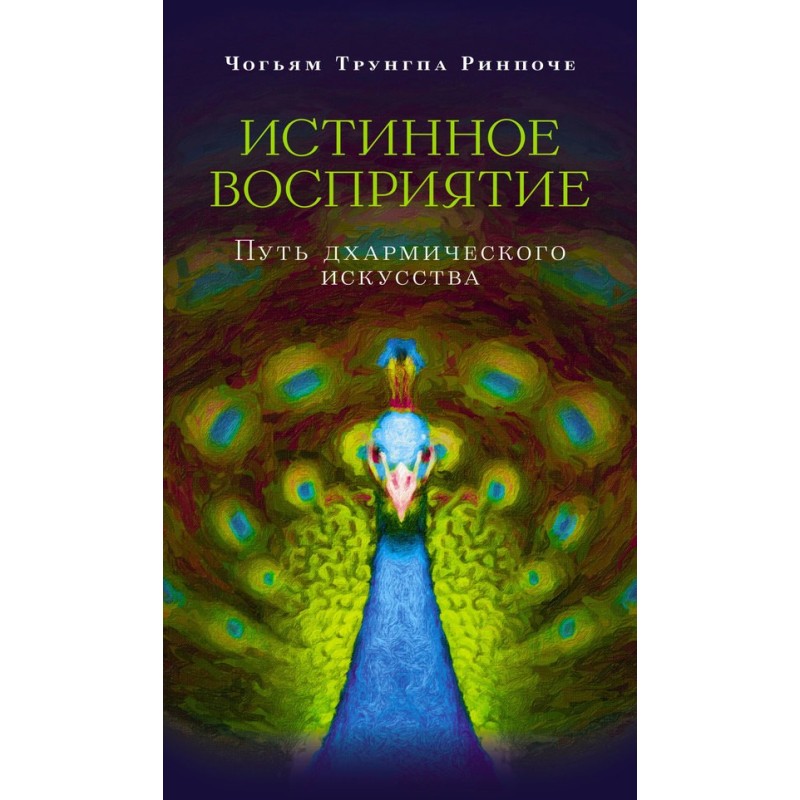The Myth of Freedom and the Path of Meditation
 Instant download
Instant download
after payment (24/7)
 Wide range of formats
Wide range of formats
(for all gadgets)
 Full book
Full book
(including for Apple and Android)
In order to cultivate the Buddhist teaching in its entirety on American soil, we must first understand the fundamental principles of Buddhism and master its basic meditation techniques in practice. Many people perceive Buddhism as a new cult that promises them salvation, that can make their life in the world something like walking through a beautiful garden where you can pick flowers. But if we want to pick a flower from a tree, then we must first grow this tree, that is, we need to work with our fears, disappointments, bitterness and irritation, with all the painful aspects of life. For many, Buddhism seems to be an extremely dark religion, because it emphasizes suffering and sorrow existence. Usually religions talk about beauty, grace, ecstasy, chants. But according to Buddha, we must first see and experience life as it is. We must see the truth of suffering, the reality of dissatisfaction. We cannot ignore it and explore only the sublime and pleasant aspects of life. If a person is looking for some promised land, an island of treasures, then his search will only lead to even greater suffering. There are no such islands; it is impossible to achieve enlightenment in this way. Therefore, all directions and schools of Buddhism unanimously argue that it is necessary to begin with a direct meeting with the situations of our life. You can't start with dreams. Dreams can only be a temporary salvation, and true salvation will become impossible. In Buddhism, we express our will for realism through the practice of meditation. Meditation is not the desire to achieve ecstasy, spiritual bliss or tranquility; This is not an attempt to become better. This is only the creation of a certain space in which you can realize and neutralize your neurotic tricks, self-deception, hidden fears and hopes. We build this space for ourselves using a simple technique, namely, we do nothing. Doing nothing is actually very difficult. In the beginning we are just getting close to doing nothing, but gradually our practice becomes more and more perfect. Thus, meditation is a way of uncovering the neuroses of the mind and using them as material for our practice. We do not throw away neuroses, but rather scatter them throughout the garden like fertilizer, and they become part of our wealth. In the practice of meditation, we do not fetter the mind too tightly, but we also do not give it full freedom. If we try to control the mind, its energy will hit us; and if we give him complete freedom, he will become wild and disobedient. Therefore, we give the mind freedom, but at the same time we introduce some discipline into the process of meditation. The technique used in the Buddhist tradition is extremely simple. Awareness of body movements, awareness of breathing and the general physical situation are techniques common to all traditions. The basis of practice is to learn to be present, to be right here and right now. The goal and the technique itself coincide here: to be in the present moment, without suppressing, but also without letting yourself go wild, to remain in a clear awareness of yourself. Like bodily existence, breathing is a neutral process that does not have any “spiritual” overtones. We We only sharpen attention to its natural functioning. This is called shamatha practice. With this practice we begin to move along the narrow path of Hinayana.
Data sheet
- Name of the Author
- Чогьям Трунгпа Ринпоче
- Language
- Russian

























